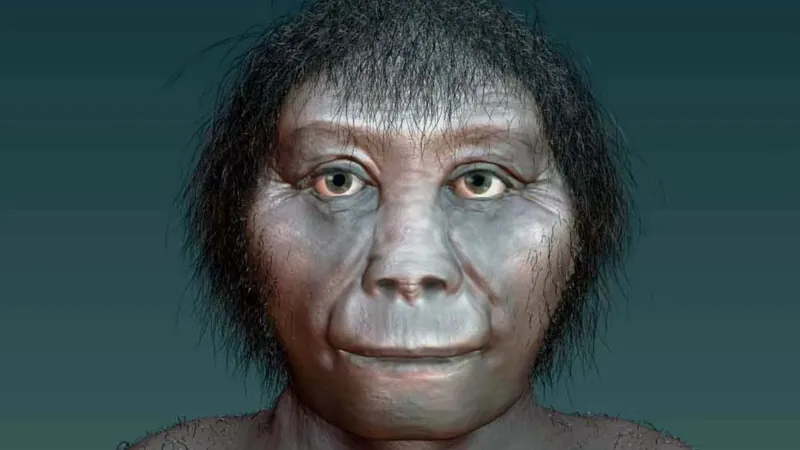
Could 'Littlefoot' Be Roaming the Earth? Expert Insights on the Fascinating Species of 'Hobbit People' Thought Extinct for Millennia
2025-01-06
Author: Li
Scientists are stirring excitement with the possibility that a peculiar species known as "hobbit people," who were believed to have disappeared around 50,000 years ago, may still inhabit our planet.
This diminutive species, scientifically termed Homo floresiensis, was first unearthed in 2003 on Indonesia's Flores Island, with their skeletal remains revealing individuals that stood only 3.5 feet tall. Unlike modern humans, these ancient beings were hairier and exhibited an ape-like facial structure, leading to early speculations that they were simply a smaller variety of Homo sapiens.
However, further research established that Homo floresiensis is a distinct species, indicative of the complex evolutionary tapestry of our ancestors. The fascinating narrative surrounding these ancient humans is being reexamined by leading anthropologist Gregory Forth, who has dedicated over four decades to their study, beginning at the University of Oxford and later at the University of Alberta.
Forth's recent insights have ignited intrigue as he claims that tales of miniature humanoids, known as "lai ho’ a," persist among the island's residents. These accounts predate the fossil discoveries and hint at the possibility of tiny beings still traversing the island's dense forests. Forth stated, “What really interested me in the lai ho’a is that it was small, like the figures in Nage country, but it was reckoned still to be alive.”
These claims were reinforced 20 years ago when fossils of Homo floresiensis were first reported, leading Forth to connect the dots between the sightings described by the Lio people and the newly-found skeletal evidence. His book, *Between Ape and Human: An Anthropologist on the Trail of a Hidden Hominoid*, suggests that these creatures might have survived into modern times, potentially indicating a small population still exists.
A significant discovery in 2022 revealed that Homo floresiensis had even smaller ancestors, with new fossils dating back to 700,000 years ago. These remarkable finds reveal individuals that stood a mere 3.3 feet tall and were discovered at a site called Mata Menge, located about 45 miles from the Liang Bua cave, where the first fossils were identified.
Yousuke Kaifu, a co-author of the study from The University of Tokyo, expressed amazement at finding such diminutive individuals in such an ancient stratum, while Dean Falk, an evolutionary anthropologist, confirmed the compelling evidence of their small stature.
The evolutionary narrative surrounding these “hobbits” continues to puzzle researchers, who speculate on their developmental adaptations and how they came to thrive in their isolated environment. The ongoing studies and newfound fossils may provide critical insights into how one of the last early human species could have evaded extinction—intriguing the scientific community and avid explorers alike.
As speculation and research continue, the hope remains that we may yet find a living link to our ancient past, making the hunt for 'Littlefoot' a quest for more than just fossilized remains—perhaps leading us to rediscover a piece of human history that still lingers in the shadows of Flores Island.


 Brasil (PT)
Brasil (PT)
 Canada (EN)
Canada (EN)
 Chile (ES)
Chile (ES)
 Česko (CS)
Česko (CS)
 대한민국 (KO)
대한민국 (KO)
 España (ES)
España (ES)
 France (FR)
France (FR)
 Hong Kong (EN)
Hong Kong (EN)
 Italia (IT)
Italia (IT)
 日本 (JA)
日本 (JA)
 Magyarország (HU)
Magyarország (HU)
 Norge (NO)
Norge (NO)
 Polska (PL)
Polska (PL)
 Schweiz (DE)
Schweiz (DE)
 Singapore (EN)
Singapore (EN)
 Sverige (SV)
Sverige (SV)
 Suomi (FI)
Suomi (FI)
 Türkiye (TR)
Türkiye (TR)
 الإمارات العربية المتحدة (AR)
الإمارات العربية المتحدة (AR)